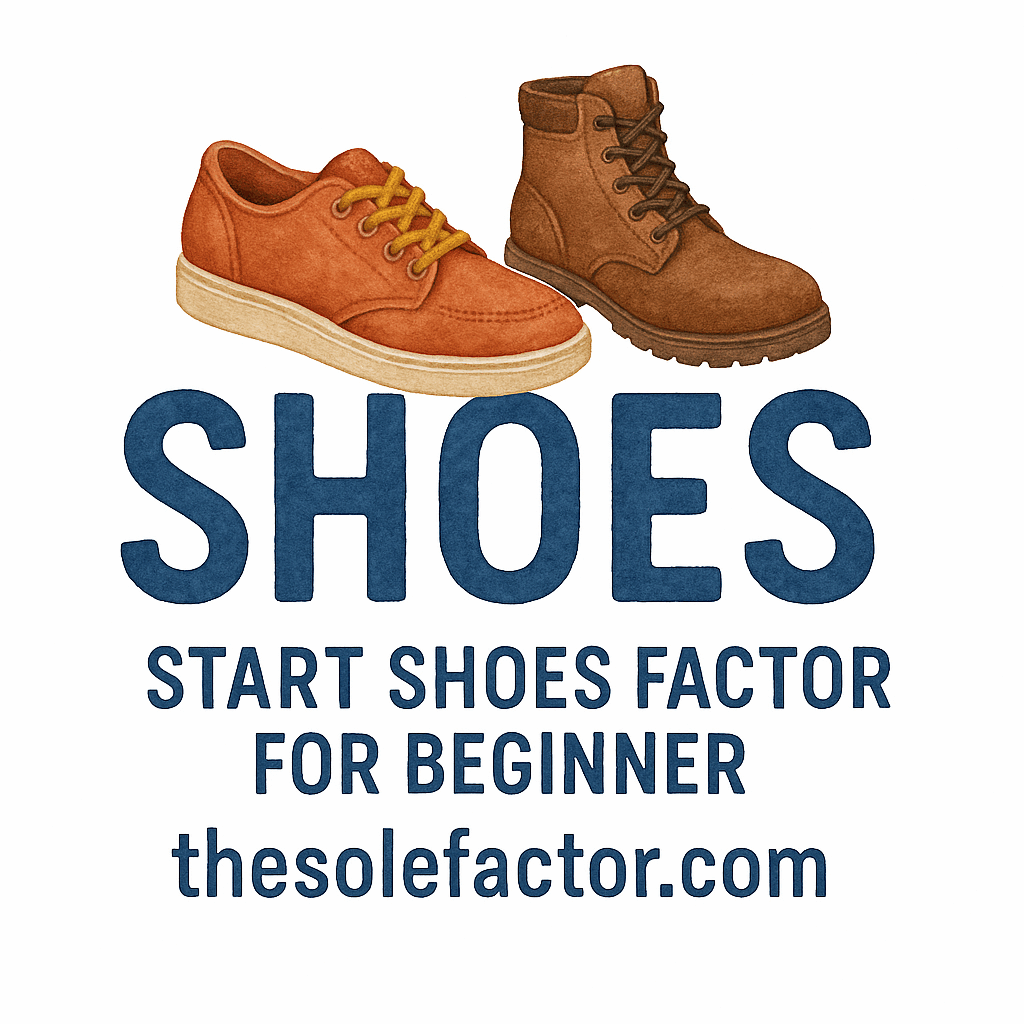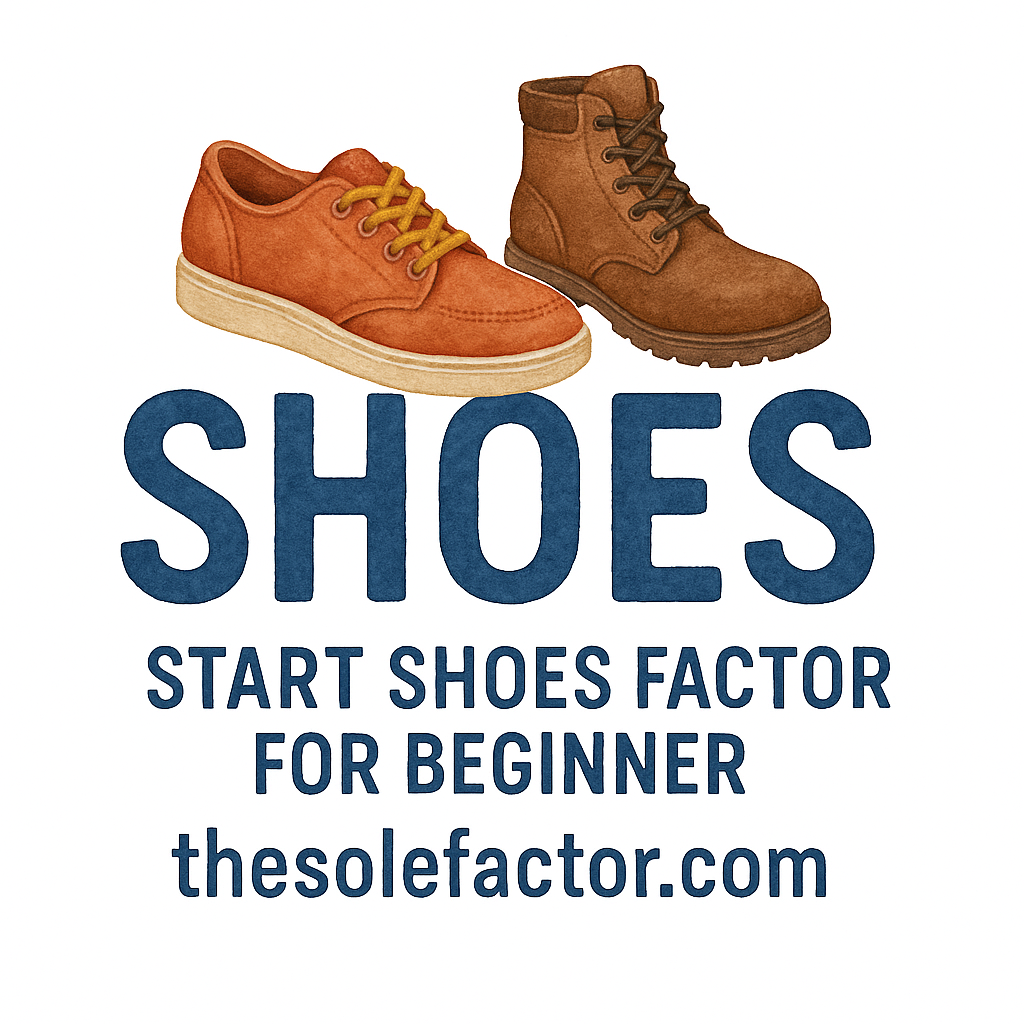Introduction
Starting a shoes factory is an exciting venture, but one of the most crucial decisions you’ll make involves selecting the right equipment for your production line. The type of machines you invest in can make or break the efficiency, quality, and overall success of your footwear business. In this article, we’ll walk you through the 10 must-have machines that every shoes factory should have, to ensure smooth operations, superior quality, and high productivity.
Why Investing in the Right Machines is Crucial for Your Shoes Factory
Running a shoes factory requires more than just a creative design team and a talented workforce. Behind the scenes, machines play an integral role in transforming raw materials into a finished product that’s ready to be sold. Choosing the right machines will impact not only the quality of your shoes but also your bottom line. Let’s explore why investing in the right machines is key:
Enhancing Efficiency and Productivity
The right machines streamline the manufacturing process, significantly reducing production time and human errors. This results in faster turnaround times and an ability to meet market demands with consistency and quality.
Reducing Production Costs
With the right equipment, your factory can operate at optimal efficiency, reducing material waste, and cutting down on energy consumption. Over time, this translates to considerable savings that can be reinvested into other areas of your business.
Now, let’s dive into the 10 essential machines every shoes factory needs.
1. Cutting Machine: Precision and Efficiency in One
When it comes to footwear manufacturing, precision cutting is essential. A cutting machine enables you to cut leather, fabric, rubber, and synthetic materials with utmost accuracy.
Types of Cutting Machines
There are several types of cutting machines, including die-cutting, laser cutting, and CNC cutting machines. Each of these machines serves a different purpose, so choosing the right one depends on your production needs.
Benefits of Automated Cutting
Automated cutting machines reduce the need for manual labor, minimize errors, and ensure uniformity across all shoe components. The result? A more streamlined production process with less waste.
For more details on operations and machinery, check out our Shoe Factory Basics.
2. Stitching Machine: The Backbone of Footwear Assembly
A stitching machine is essential for stitching the upper part of the shoe and attaching various components together, from the shoe body to the heel. It helps to achieve a professional finish that ensures durability.
Different Types of Stitching Machines
From single-needle to double-needle machines, each type offers specific advantages depending on the design and style of the shoe. You may also want to consider walking foot stitching machines for heavy materials.
How to Choose the Right Stitching Machine
Choosing a stitching machine that suits your material type and production volume is critical. Invest in machines that can handle different stitch types and material thicknesses for versatile production capabilities.
3. Molding Machine: Shaping the Future of Shoes
Molding machines are used for creating the basic shape of the shoe, especially for the sole. The machine uses heat and pressure to shape the shoe’s sole, ensuring a perfect fit.
The Importance of Molding Machines in Shoe Production
Molding machines allow for the mass production of shoe soles with consistent shape and quality. Whether you’re producing rubber, PVC, or EVA soles, a molding machine helps you achieve uniformity and precision.
Key Features to Look For in a Molding Machine
Look for a molding machine that allows for adjustable pressure and temperature control to cater to various materials. You’ll also want a machine that’s easy to maintain and provides quick mold changeovers to reduce downtime.

4. Pressing Machine: Creating Perfect Shoe Structures
Pressing machines play a crucial role in shoe manufacturing, helping shape and seal parts of the shoe together.
How Pressing Machines Work
These machines apply heat and pressure to different parts of the shoe to bond materials and ensure proper fitting. They are especially useful when working with leather or synthetic materials that need to be shaped and sealed effectively.
Benefits for Your Factory’s Workflow
A high-quality pressing machine ensures consistency in your production, reducing the time spent on manual labor. The result is faster production cycles and better-quality shoes.
5. Injection Molding Machine: Innovation in Shoe Sole Production
Injection molding machines are essential for producing shoe soles in large quantities, ensuring precise and efficient production. This method involves injecting a heated material into a mold, allowing it to harden and take the shape of the sole.
The Process of Injection Molding
Injection molding works by injecting a liquid or semi-liquid material (like rubber or plastic) into a mold under high pressure. The material cools and solidifies, forming the shape of the shoe sole.
Advantages of Injection Molding for Shoes
Injection molding provides precision, high-speed production, and low material waste. It’s an ideal solution for mass-producing soles with complex designs and durable features.
6. Lasting Machine: Ensuring a Perfect Fit
The lasting machine is used to stretch and shape the shoe upper over the insole, ensuring a snug and comfortable fit for the wearer.
What Does a Lasting Machine Do?
A lasting machine holds the shoe upper on a last (a mold in the shape of a foot) and stretches it to the required shape, making it ready for the next steps in the production process.
Key Features of a Good Lasting Machine
Look for a lasting machine that offers adjustable tension settings, durability, and versatility for different shoe styles.
7. Grinding and Polishing Machine: Finishing Touches
Once your shoes are assembled, grinding and polishing machines come into play. These machines help smooth out rough edges, remove any imperfections, and give your shoes a high-gloss finish.
Why a Polishing Machine is Essential
A polishing machine adds a refined finish to your shoes, improving both their aesthetic appeal and durability. It’s an essential step in making your shoes stand out in the market.
Choosing the Right Grinding Machine for Your Factory
Consider machines that offer multiple speed settings and adjustable polishing heads. This allows for a more customized approach based on your shoe designs.
8. Edge Folding Machine: Enhancing the Shoe’s Durability
Edge folding machines are vital in creating smooth, professional edges for the shoe, particularly around the upper part and the sole.
The Role of Edge Folding in Shoe Manufacturing
Edge folding machines provide a uniform, clean fold at the edges of the shoe, enhancing its overall structure and durability.
Factors to Consider When Selecting Edge Folding Machines
Select machines that offer adjustable folding angles and speeds, as these can make a big difference in the overall quality of your finished product.
9. Shoe Sole Testing Machine: Quality Assurance in Every Step
A shoe sole testing machine is used to ensure that the soles of your shoes meet the required quality standards before they leave the factory.
How Testing Machines Ensure the Durability of Your Products
These machines simulate the conditions a shoe will face in real-life use, testing factors like abrasion resistance, pressure, and flexibility. The result is a product that has been thoroughly tested for long-term durability.
Common Tests Performed by Sole Testing Machines
Common tests include flexing tests, slip-resistance tests, and wear-resistance tests, all of which help ensure that your shoes perform well and last longer.
10. Packaging Machine: Efficient Packaging for Every Shoe
Once your shoes are manufactured, the final step is packaging. A packaging machine automates the wrapping, labeling, and boxing process, making it much faster and more efficient than doing it manually.
The Importance of Packaging Machines in Streamlining Operations
Packaging machines save time and labor costs while ensuring that each shoe is securely packed and labeled for shipment.
Benefits of Automation in Packaging
Automation reduces the chance of human error and ensures that the shoes are packed consistently, keeping them safe from damage during transport.
Conclusion
Investing in the right machines for your shoes factory is one of the most crucial decisions you’ll make. The machines listed above are essential for boosting efficiency, reducing costs, and improving the overall quality of your shoes. Remember that each machine serves a unique function, and investing in high-quality equipment will pay off in the long run.
For more insights on marketing and branding, check out this guide to enhance your shoes factory’s operations.
7 FAQs About Must-Have Machines for Shoes Factory
- What’s the difference between a cutting machine and a stitching machine?
- Can I run a shoes factory without an injection molding machine?
- How much space is required for a full set of shoe production machines?
- Do I need to hire specialized staff to operate these machines?
- Are there any eco-friendly machines for shoe production?
- How do I maintain the machines in my shoes factory?
- Can I integrate these machines into an existing production line?


